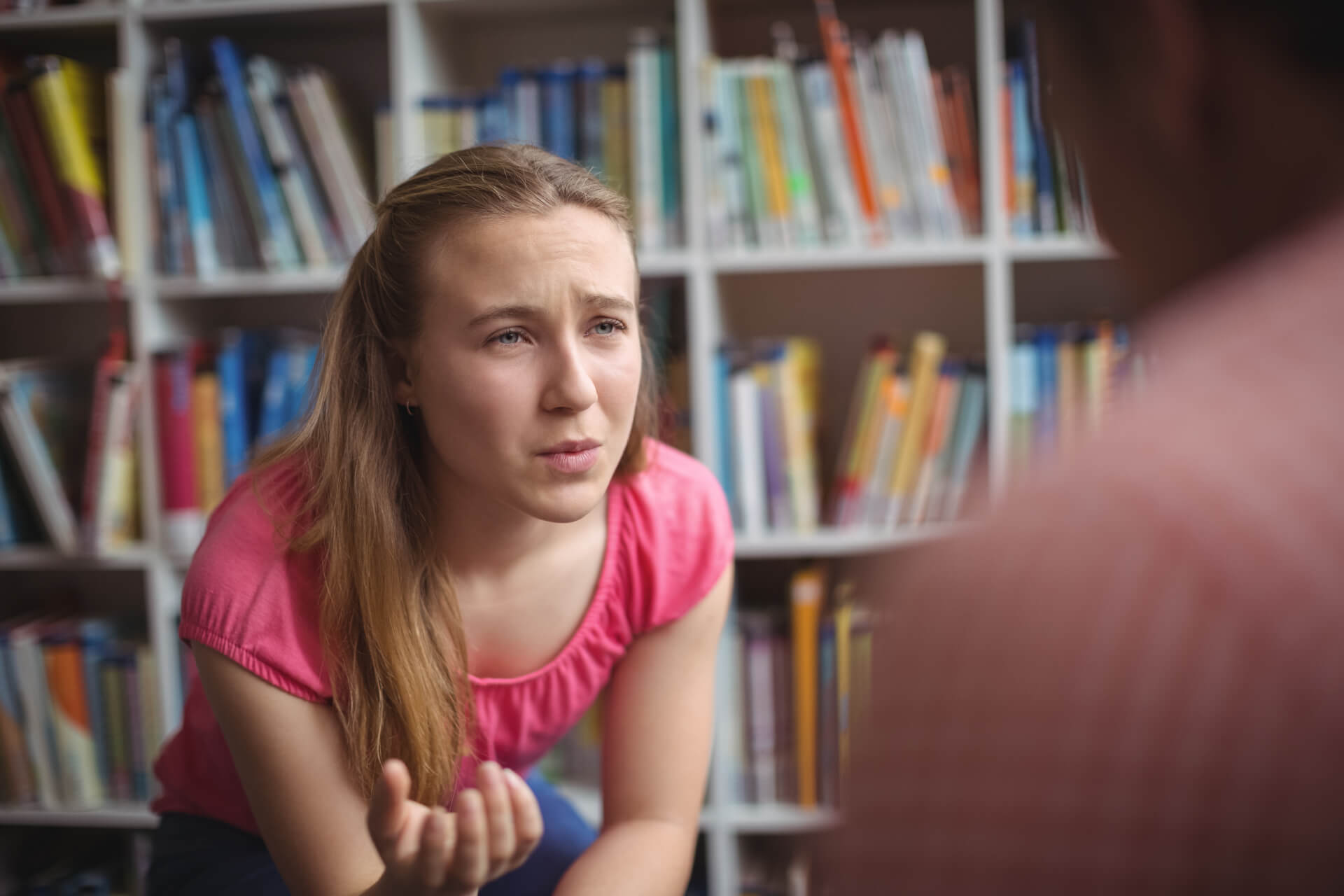It is a proven fact that effective communication between teachers and students has the potential to improve the learning experience and create a positive environment in the classroom. However, the relationship requires work on both ends.
Communication barriers in the classroom are very common and are a leading problem to students not getting the most out of their education. This lack of engagement and poor communication can lead to a complete lack of interest in a subject on the part of the student. Another factor of this issue is unaddressed language or speech difficulties, for example, dyslexia. These obstacles can have an enormous effect on your life, so it is important to bring awareness and solutions to the surface. Do not be afraid to express to your teacher if you are having difficulties paying attention in class or learning. They are there to teach you and to facilitate your learning process in school.
Why Does Communication failure occur in the Classroom?
Here are a number of possible reasons behind the communication failures between teachers and students:
- Teaching styles – some students learn better with a certain teaching style, whilst others learn better with a completely different teaching style. For example, some students might be visual learners and best take information in through visual imagery and representation of the information through pictures and diagrams; other students might prefer to learn through notetaking and information processing through textbooks and theories. It is important for the teacher to adapt their teaching style to best suit the classroom, and vice versa, the students must be aware of their learning style preference and express how they prefer to learn about the information being presented to them.
- Problems with understanding the material presented in class – if you do not understand something being taught in class, say it. The worst thing you could do is sit there in silence and struggle through the materials being taught.
- Uninteresting classroom lessons and topics – not everything you learn in the classroom will be interesting, nonetheless, it must still be taught by the teacher and learned by the students. Try to find ways of making uninteresting material interesting to learn to help you better pay attention in class.
- Personality differences between teacher and pupils – sometimes, you will find your teacher difficult to get along with. This might make the learning process more difficult and affect your motivation to do well in that subject. Do not let this affect the grades you receive in the subject being taught by this teacher. Remember, you are there to learn, not to make friends with the teacher.
- Peer pressure – this a real thing and can affect some students significantly. For example, if you get along with the teacher and do well in the subject, your classmates might start making jokes about being a ‘teacher’s pet’, and this might make you want to hide at times. The best thing you can do is ignore these comments. They are only jealous that you are doing well in the subject!
How can the Communication Process be Improved?
Some simple tips to help improve communication between teachers and students:
Be an Active Listener
A large part of developing strong communication levels is by actively listening, this is so students and teachers can understand each other’s thoughts and ideas. By doing this, students will feel heard and this will go a long way towards strengthening relationship bonds.
Supportive Environment
Creating a supportive environment in the classroom includes showing other students that there is additional help available to those who may need it. It is important to recognise that all students have different academic capabilities, therefor this step can make a huge difference in classroom-based communication.
Confidence and Positivity
Positive reinforcement is anything that occurs after a behaviour that increases the likelihood that the behaviour will reoccur. Many teachers do not believe in positive reinforcement because they do not want to reward students just doing what is expected, however, focusing on small or large achievements can really help to build a student’s confidence and encourage them to keep trying. Commending their efforts will not go unnoticed and may help to form a mutual respect and appreciation for each other. Students need positive reinforcement just as much as teachers need to provide it. You can always ask ‘Am I doing ok? Or ‘Am I going in the right direction? This will help the teacher flip into ‘positive reinforcement mode’.
While a lot of classroom-based communication does stem from the teacher, as they are the more dominating figure in the classroom environment, it is also important as a student, that if you notice a teacher using any of the above tactics, don’t hesitate to cooperate. By cooperating, you are not only helping the teacher out, but also helping your own learning.

